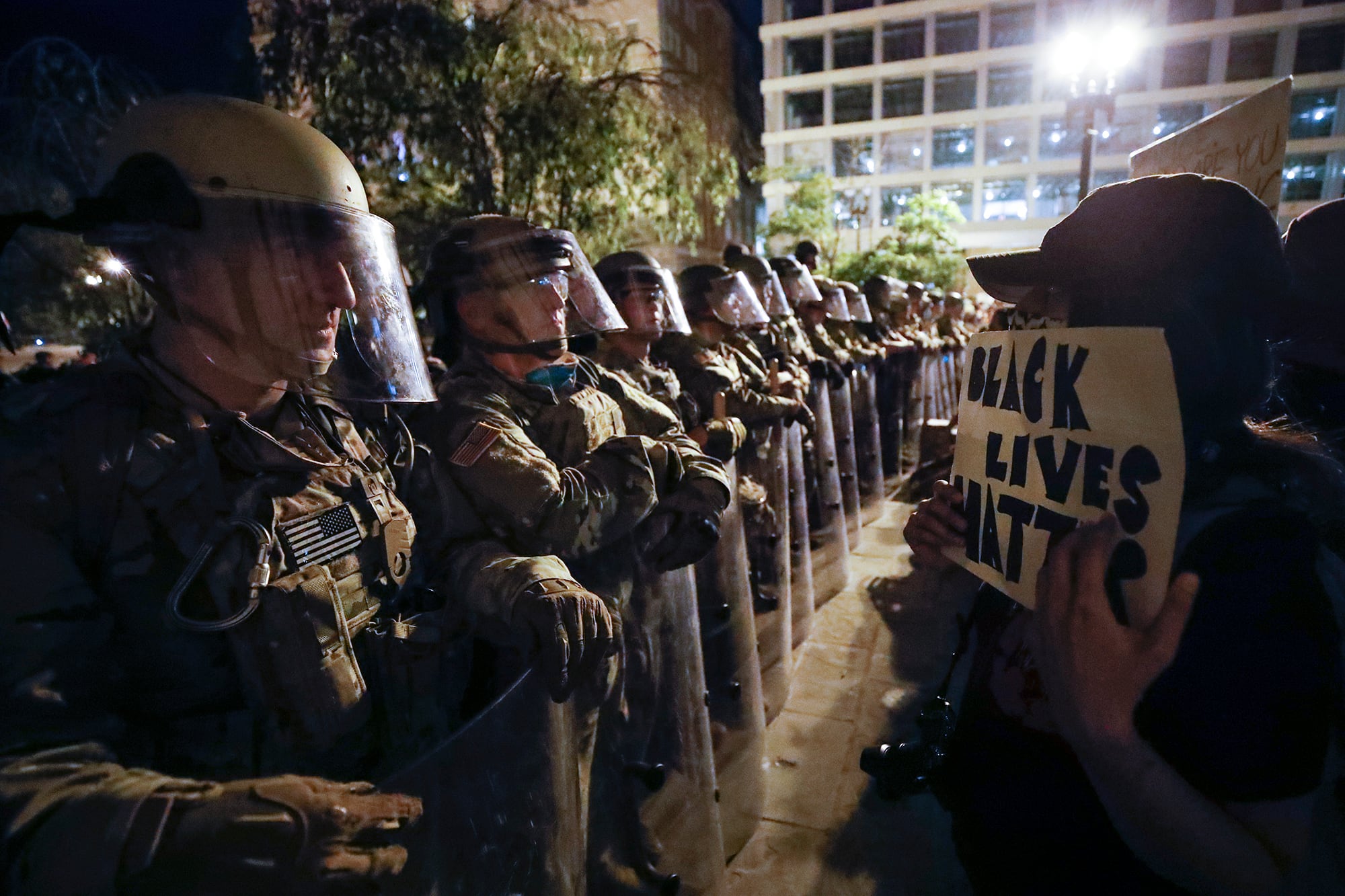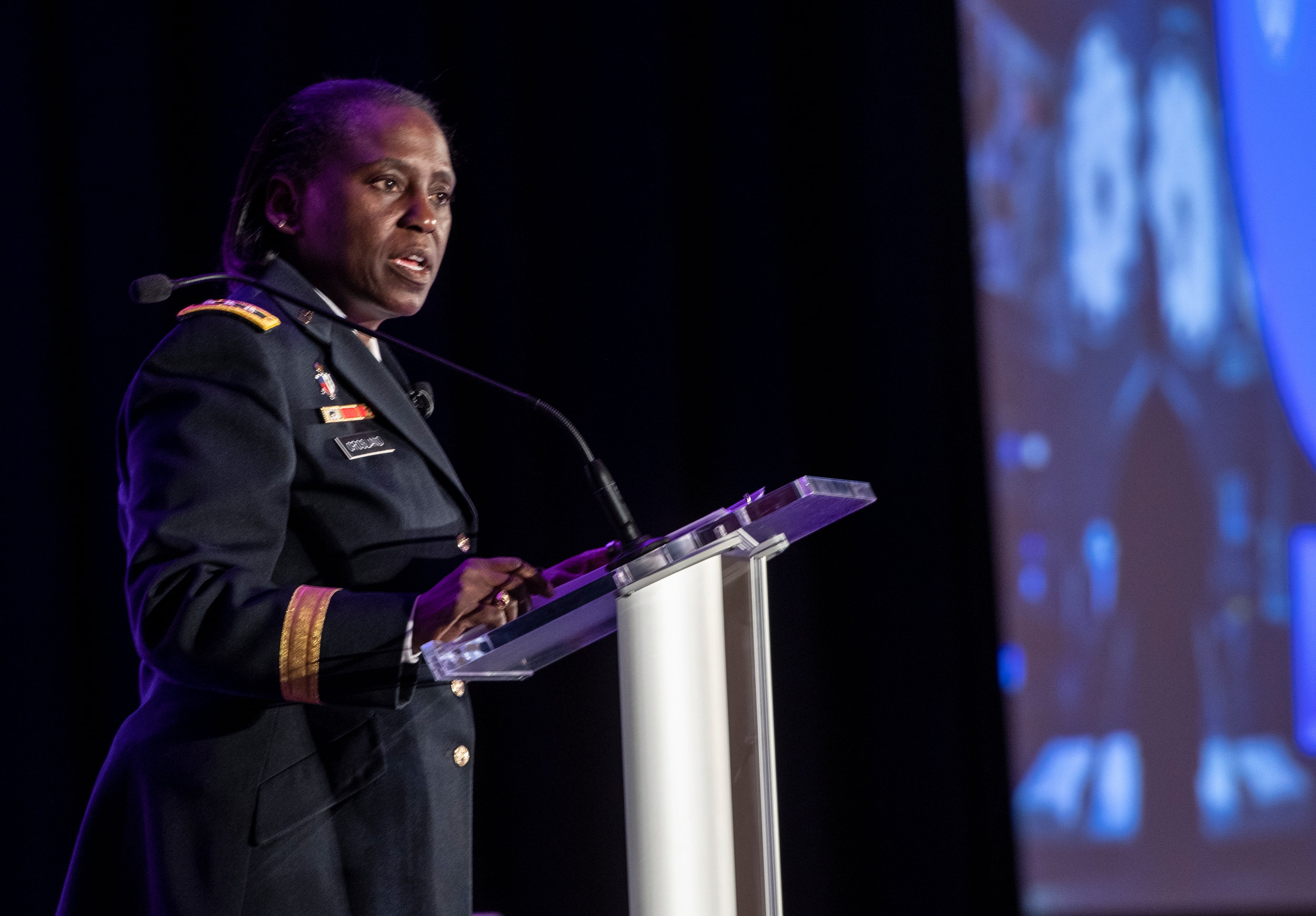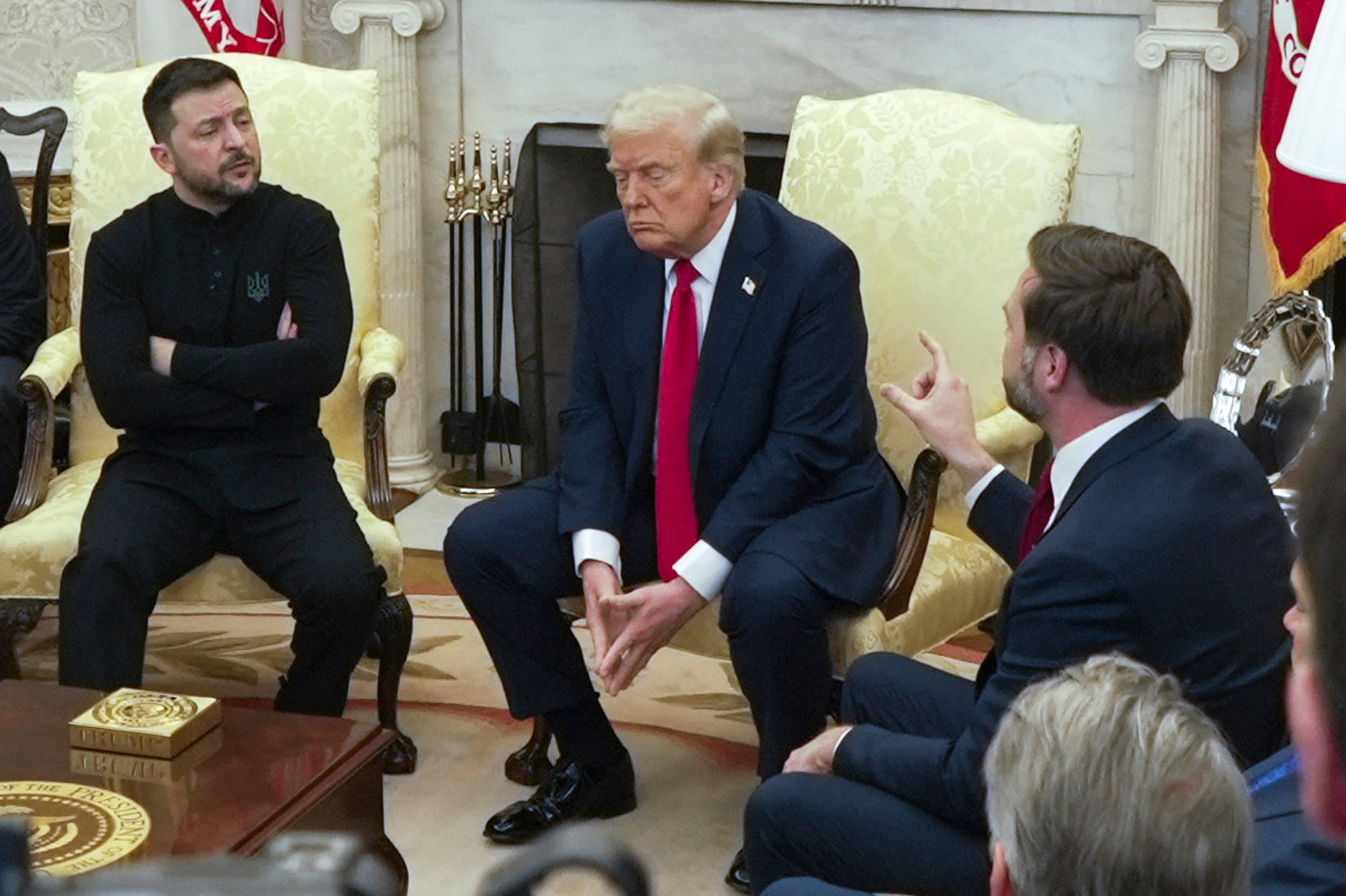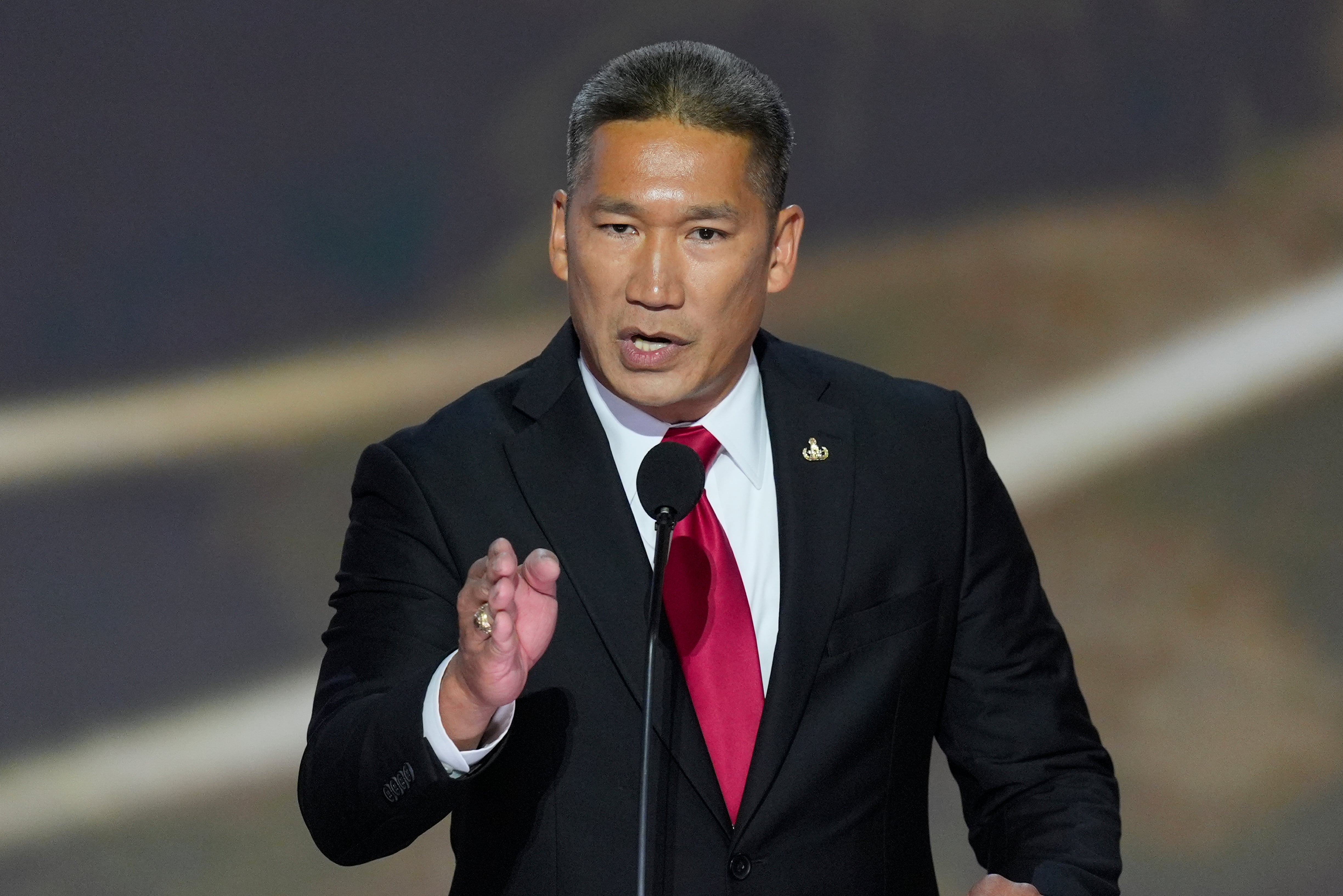On June 23rd, a group known as The Steady State, formed in response to the allegation that a “Deep State” was working to undermine the present administration, published an open letter to “Colleagues Who Remain On Deck” within government.
The Steady State (to which I belong) includes senior individuals who have served the country during both Democratic and Republican administrations, in uniform and out, and believe the present administration is a threat to America’s safety and security. It recognizes the present perils of public service: witness the treatment of those contradicting the administration’s party line during and after the impeachment hearings; the firings of various agency inspectors general over suspicions of “disloyalty”; and the removal of law enforcement officials attempting to conduct politics-free investigations. It realizes civilians in government are now asking themselves the question those in uniform should also be asking: “What do I do if asked to do wrong?” It could be termed The Question.
Those who’ve served in uniform know The Question well. What constitutes an unlawful order? We know the Law of War and Geneva Convention. But training takes you only so far; you are left with your own judgment and conscience, and split-second decisions. This is a virtual minefield. The Chairman of the Joint Chiefs of Staff now knows it. I was appalled to see Gen. Mark Milley strolling across Lafayette Square in a combat uniform with Secretary of Defense Mark Esper (West Point, Gulf War, who described it as a “battlespace”) in the wake of the president. Protestors were cleared with pepper balls and an overwhelming show of law enforcement and National Guard force. The CJCS has belatedly discovered said minefield and issued a video apology. He knows (now) he should have never been there in the first place. He should first have asked himself, whether or not he knew the stroll’s ultimate purpose, The Question. He didn’t.
Pulitzer Prize-winning journalist C. J. Chivers, a former Marine Captain, has written in the New York Times an account of his Marine unit’s deployment to Compton in Los Angeles during the 1992 riots. After a prescient conference with his gunnery sergeant, who pointed out they were neither trained nor equipped for such a mission, it was agreed it was best to avoid potential disaster and leave the machine guns behind. As his Humvee rolled along the highway past (mostly white) cheering bystanders, he revealed that “Riding shotgun in the lead Humvee, I felt shame.” Chivers was obviously considering The Question and whether he realized it or not, preparing himself for that minefield.
The psychic costs of deploying military force as a response to a valid expression of constitutional rights was put on full display during the recent D.C. protests. Mobilized D.C. National Guardsmen were quickly employed by Secretary of the Army Ryan McCarthy (Virginia Military Institute, Afghanistan) alongside members of National Guards (and aircraft) from 13 states to suppress protesters. Active duty forces from Fort Bragg NC and Fort Drum NY waited in the wings.
First Lt. Malik Jenkins-Bey, acting commander of a military police company of the D.C. National Guard, had to consider The Question. In the Washington Post he stated “It’s a very tough conversation to have when a soldier turns to me and they’re saying, ‘Hey sir, you know my cousin was up there yelling at me, that was my neighbor, my best friend from high school.’”
He also felt compelled to tell his soldiers that “this isn’t a deployment against the enemy” and that “We’re not here to dominate any battle spaces or anything like that, our job is simply to stand the line between the police and the citizens so that they can say what they need to say.” The Secretary of the Army, the Secretary of Defense, and the CJCS didn’t seem to either realize The Question existed nor even understand it; the first lieutenant did.
Both Chivers’ response in 1992 and that of Jenkins-Bey’s in 2020 to The Question gave me heart. The Steady State group realizes those still in government are asking themselves “What do I do if asked to do wrong?”, and that this will also have to be asked of themselves by those now in uniform. (If you need a model, Army Lt. Col. Alexander Vindman knows the answer.) What you in the service should know is those of us no longer in uniform realize the hard choices you might have to face. We know well the oath you’ve taken to the Constitution and we also know you’ll ask yourself The Question the next time someone asks you to do something even hinting of violating that trust.
And if that time comes, do what you know to be right.
We’re here.
Charles G. Ikins, a retired Marine colonel, was commissioned in 1981 from the NROTC program at The Ohio State University. He served with the artillery and infantry, as a forward observer and naval gunfire spotter, forward air controller, parachutist, and as an intelligence officer. He transferred to the Marine Corps Reserve in 1987. In 1990, he was mobilized for service in the Persian Gulf War in Operations DESERT SHIELD and STORM for service with an infantry battalion. In October 2002 he was mobilized for service in Operations ENDURING and IRAQI FREEDOM, serving in Kuwait and Iraq as a forward-deployed senior intelligence liaison officer to the Commanding General, I Marine Expeditionary Force (I MEF). He retired from the U.S. Marine Corps Reserve in July 2011 following 30 years of active and reserve service.
Editor’s note: This is an Op-Ed and as such, the opinions expressed are those of the author. If you would like to respond, or have an editorial of your own you would like to submit, please contact Military Times managing editor Howard Altman, haltman@militarytimes.com.





